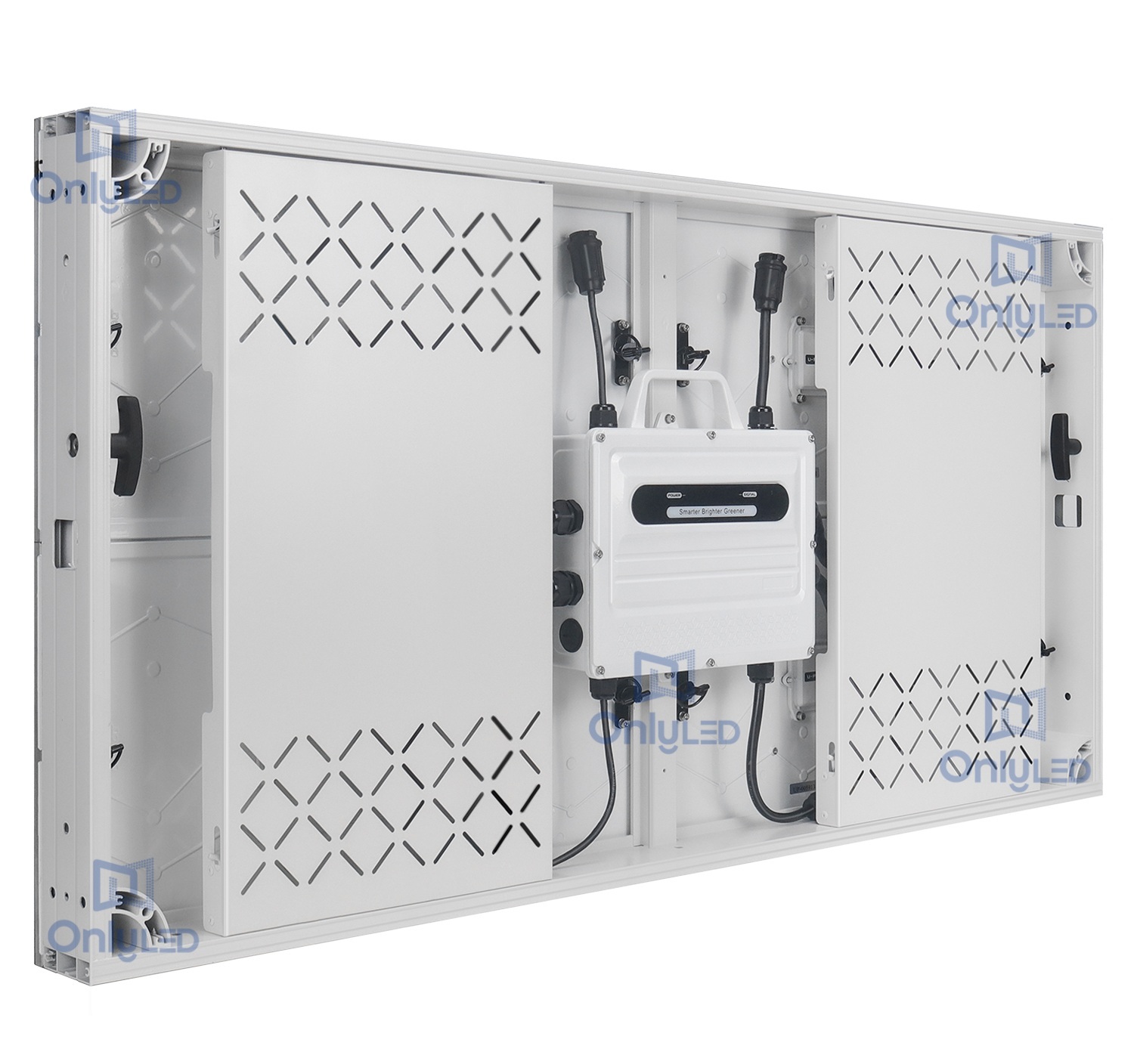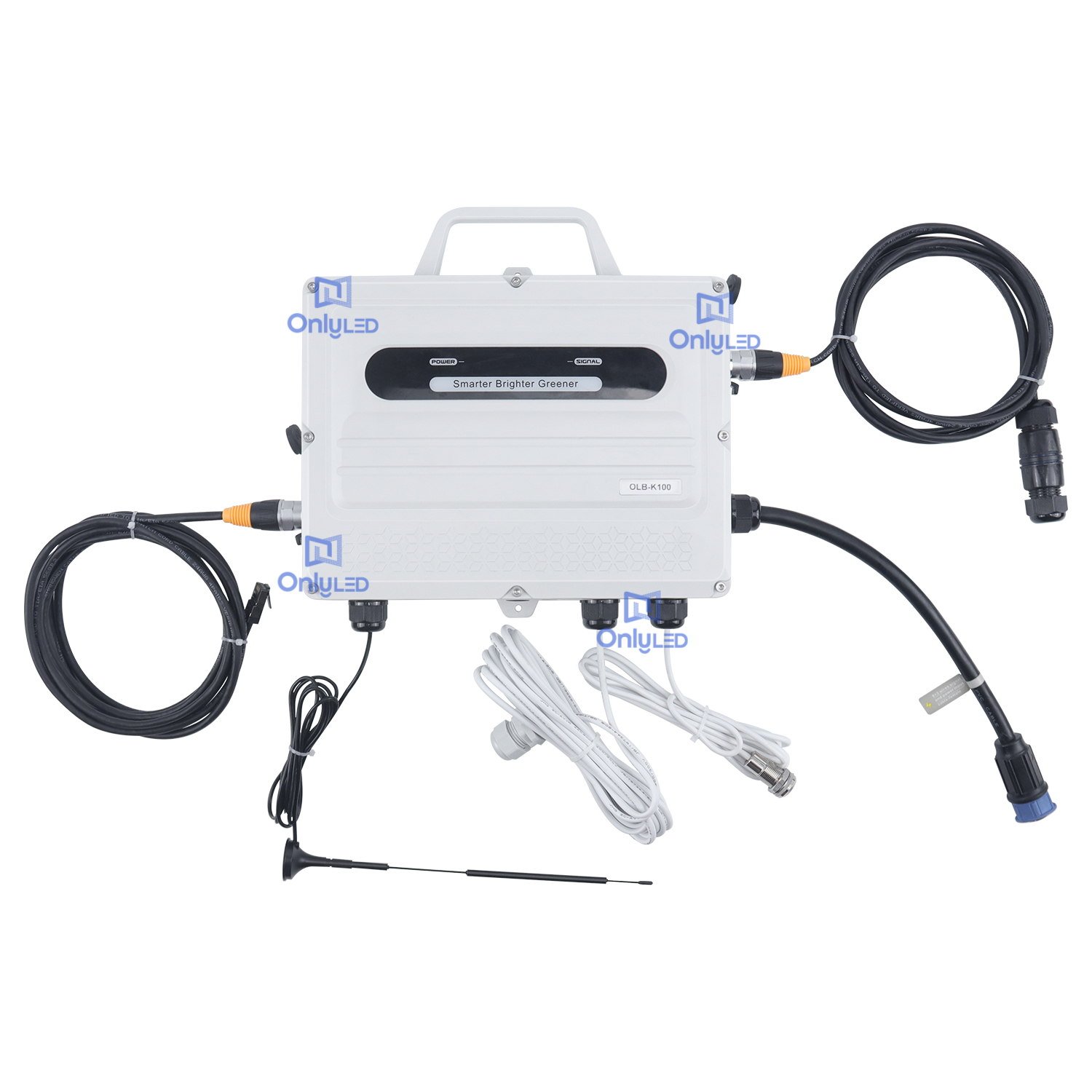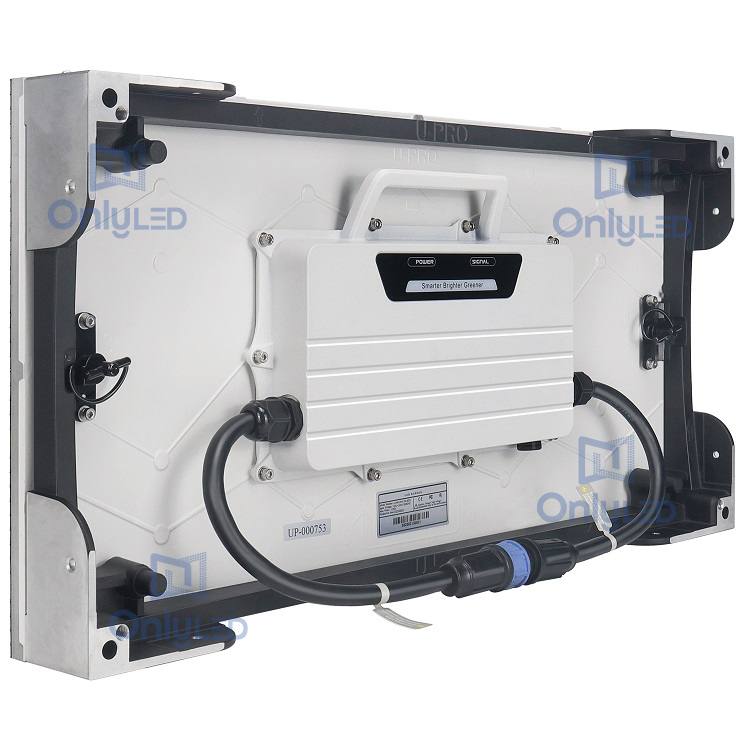Industry News
Mastering the Steps and Techniques for Correct Outdoor LED Display Installation

Installing outdoor LED displays requires careful planning, precise execution, and thorough debugging to ensure optimal performance and longevity. This article provides a comprehensive guide on the step-by-step installation process and techniques for correctly installing and debugging outdoor LED displays.
Step 1: Site Survey and Preparation
Prior to installation, a thorough site survey must be conducted to evaluate the installation environment. Factors such as visibility, sunlight exposure, and positioning must be considered to determine the most suitable location for the outdoor LED display. Once the ideal location is identified, the site must be prepared by ensuring proper grounding, sufficient power supply, and adequate structural support to handle the weight of the LED display.
Step 2: Mounting and Alignment
The mounting mechanism plays a crucial role in the stability and longevity of the outdoor LED display. Depending on the installation environment, different mounting methods such as wall-mounted, pole-mounted, or free-standing structures may be used. The LED modules need to be aligned accurately to ensure a seamless display without any gaps or irregularities. Care must be taken to maintain a consistent pixel pitch and uniformity in brightness and color across the entire display area.
Step 3: Electrical Connections and Power Supply
Proper electrical connections are essential to ensure the smooth operation of the outdoor LED display. All cables and connectors need to be securely connected, and a reliable power supply must be in place to handle the electrical requirements of the display. Surge protection devices should be installed to safeguard against power fluctuations, lightning strikes, and other electrical disruptions that could potentially damage the LED display.
Debugging Techniques for Outdoor LED Display
Even with careful installation, outdoor LED displays may encounter issues that require troubleshooting and debugging. Here are some common techniques to identify and resolve problems:
1. Image Calibration
Perform image calibration to ensure optimal image quality, color accuracy, and brightness levels. This involves adjusting various parameters such as brightness, contrast, color temperature, and gamma to achieve the desired visual output.
2. Pixel Inspection
Inspect each pixel of the LED display to detect any dead pixels, stuck pixels, or color inconsistency. Specialized software tools can help identify and fix these pixel-related issues.
3. Testing and Signal Verification
Test the display by sending different types of signals and content to verify if it functions correctly. This includes testing various input sources, resolution settings, and signal compatibility.
In conclusion, a successful installation of outdoor LED displays requires meticulous planning, precise execution, and thorough debugging. By following the steps and techniques outlined in this guide, one can ensure a correctly installed display that delivers exceptional performance and visual impact in outdoor settings.




